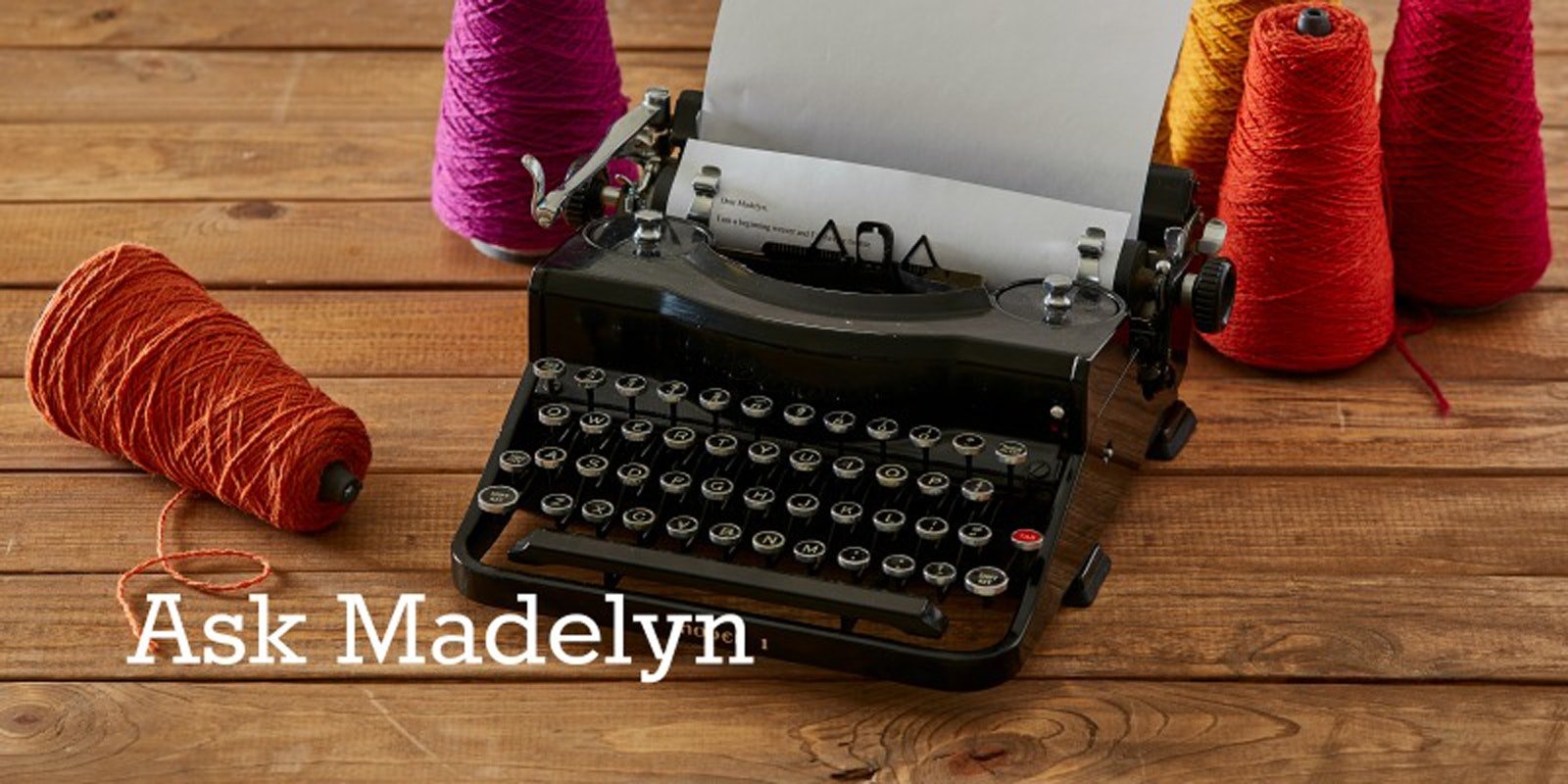I’m a new weaver and I’m trying to work on my selvedges. I’ve heard that you can get better, stronger selvedges by setting the warp threads denser at the selvedge edges. Is this true? If so, what is a good rule of thumb for setting those areas of the warp? Elliot
Hi Elliot!
I think weavers sometimes get the idea for intentionally crowding selvedge threads from some commercial fabrics that have denser threads there. I’m not sure how they do that, but it generally doesn’t work for us. If you were to sett 8/2 cotton at 20 ends per inch, say, and then sett the first and last 8 threads at 25 ends per inch, what you would get is broken selvedge threads. The weft would not pack in on the selvedges as closely as the rest of the warp threads. Eventually, the weft would build up there differently and the cloth would be closer to the reed at the selvedges than it is for the rest of the warp (the “smile” look of the fell). As you continue beating, the reed will hit the selvedges harder than the rest of the warp. With even the slightest bit of draw-in, the teeth of the reed will be like knives hitting the base of the warp threads themselves, eventually breaking them.
A bit of natural draw-in will crowd the two or three warp threads on the edges closely enough to make a strong selvedge. That draw-in needs to be only “a bit.” Too much, and the same thing will happen as described above.
Weavers tend to obsess over selvedges. (At almost every weavers’ show and tell, at least one person showing says something like: Don’t look at my selvedges!) It’s important to establish the way that works for you to get the weft to turn just the right amount and to leave enough weft slack in the shed so draw-in doesn’t occur. This will be different for different structures, yarns, and desired fabric hands. Always practice before you start weaving a piece so that the motions you use in throwing the shuttle cause this to happen instead of having to fiddle with the edges on each pick. And for wide pieces in balanced, double, or weft-faced weaves, a temple is usually a big help.
—Madelyn
If you have a weaving question please email Madelyn!
Posted March 29, 2016. Updated May 8, 2017.

